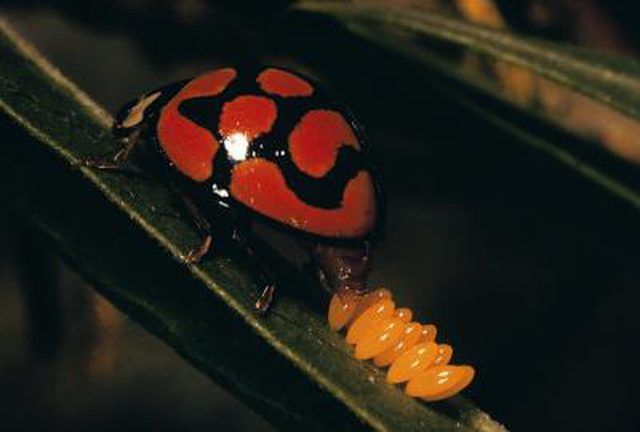Bulbs
Flower Basics
Flower Beds & Specialty Gardens
Flower Garden
Garden Furniture
Garden Gnomes
Garden Seeds
Garden Sheds
Garden Statues
Garden Tools & Supplies
Gardening Basics
Green & Organic
Groundcovers & Vines
Growing Annuals
Growing Basil
Growing Beans
Growing Berries
Growing Blueberries
Growing Cactus
Growing Corn
Growing Cotton
Growing Edibles
Growing Flowers
Growing Garlic
Growing Grapes
Growing Grass
Growing Herbs
Growing Jasmine
Growing Mint
Growing Mushrooms
Orchids
Growing Peanuts
Growing Perennials
Growing Plants
Growing Rosemary
Growing Roses
Growing Strawberries
Growing Sunflowers
Growing Thyme
Growing Tomatoes
Growing Tulips
Growing Vegetables
Herb Basics
Herb Garden
Indoor Growing
Landscaping Basics
Landscaping Patios
Landscaping Plants
Landscaping Shrubs
Landscaping Trees
Landscaping Walks & Pathways
Lawn Basics
Lawn Maintenance
Lawn Mowers
Lawn Ornaments
Lawn Planting
Lawn Tools
Outdoor Growing
Overall Landscape Planning
Pests, Weeds & Problems
Plant Basics
Rock Garden
Rose Garden
Shrubs
Soil
Specialty Gardens
Trees
Vegetable Garden
Yard Maintenance
How to Rid Plants of Egg Sacs
How to Rid Plants of Egg Sacs. Insect pests such as worms, mealybugs and mites are destructive to plants, using the leaves as food for adults as well as growing larvae and nymphs. Unfortunately, this reduces the food available for the plants and makes them look ragged. Checking for egg sacs on plant leaves and stems helps you control the pest...

Insect pests such as worms, mealybugs and mites are destructive to plants, using the leaves as food for adults as well as growing larvae and nymphs. Unfortunately, this reduces the food available for the plants and makes them look ragged. Checking for egg sacs on plant leaves and stems helps you control the pest population and saves you some hassle, because eliminating the pests before they hatch is less of a chore than trying to get rid of the adult bugs.
Things You'll Need
Bacillus thuringiensis spray
Insecticidal soap
Cotton swab
Isopropyl alcohol
Check for egg sacs weekly beginning in the spring after the last frost, or as soon as you see evidence of adult insect activity around your plants. Pay special attention to the undersides of leaves and along the stems where leaves or lateral stems connect. Some eggs look like egg sacs; others, such as those of mealybugs, look like a cottony white fuzz.
Spray all parts of the plants with water to dislodge the egg sacs as well as the adult insects. Rub along the leaves if necessary to loosen the eggs. Repeat the spray weekly or as needed when egg sacs reappear.
Spray with chemical sprays weekly or as needed if the water spray is not sufficient to control the pests. A premixed spray containing Bacillus thuringiensis, or Bt, will kill worm eggs. A premixed insecticidal soap spray will control mites, aphids and other sucking insects. To use either spray, apply the spray to coat the tops and undersides of leaves and stems. The sprays wash off in rain, so apply them on a dry day. Wear gloves to avoid contact with the spray.
Dip the end of a cotton swab in isopropyl alcohol and rub the tip along stems or under leaves over the egg sac to destroy egg sacs individually. Repeat weekly if new egg sacs appear.
Tips & Warnings
To help keep indoor plants pest-free, check outdoor plants thoroughly for insects before bringing them into the house.
Set houseplants in the kitchen sink and use the nozzle sprayer to rinse the leaves.